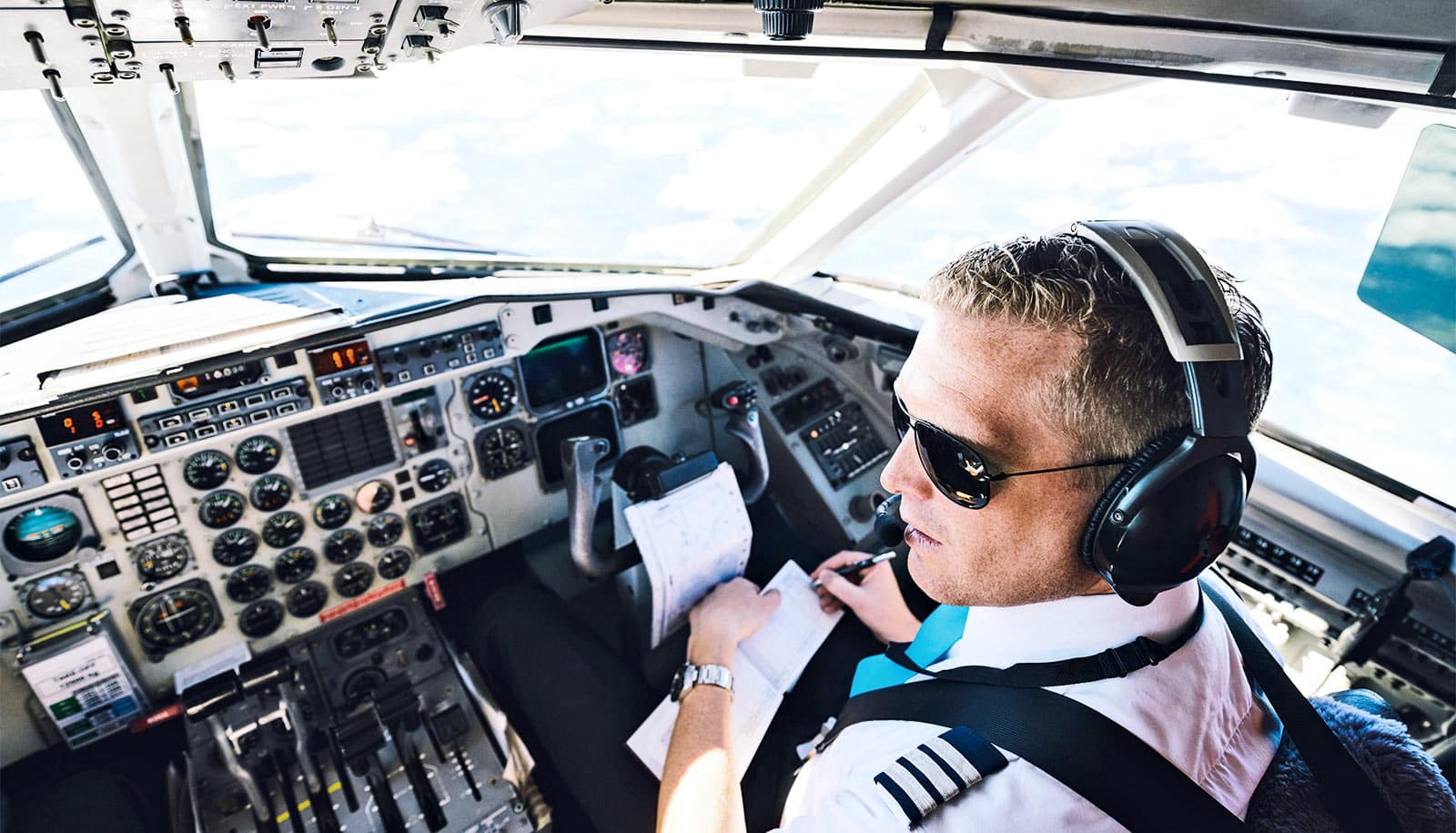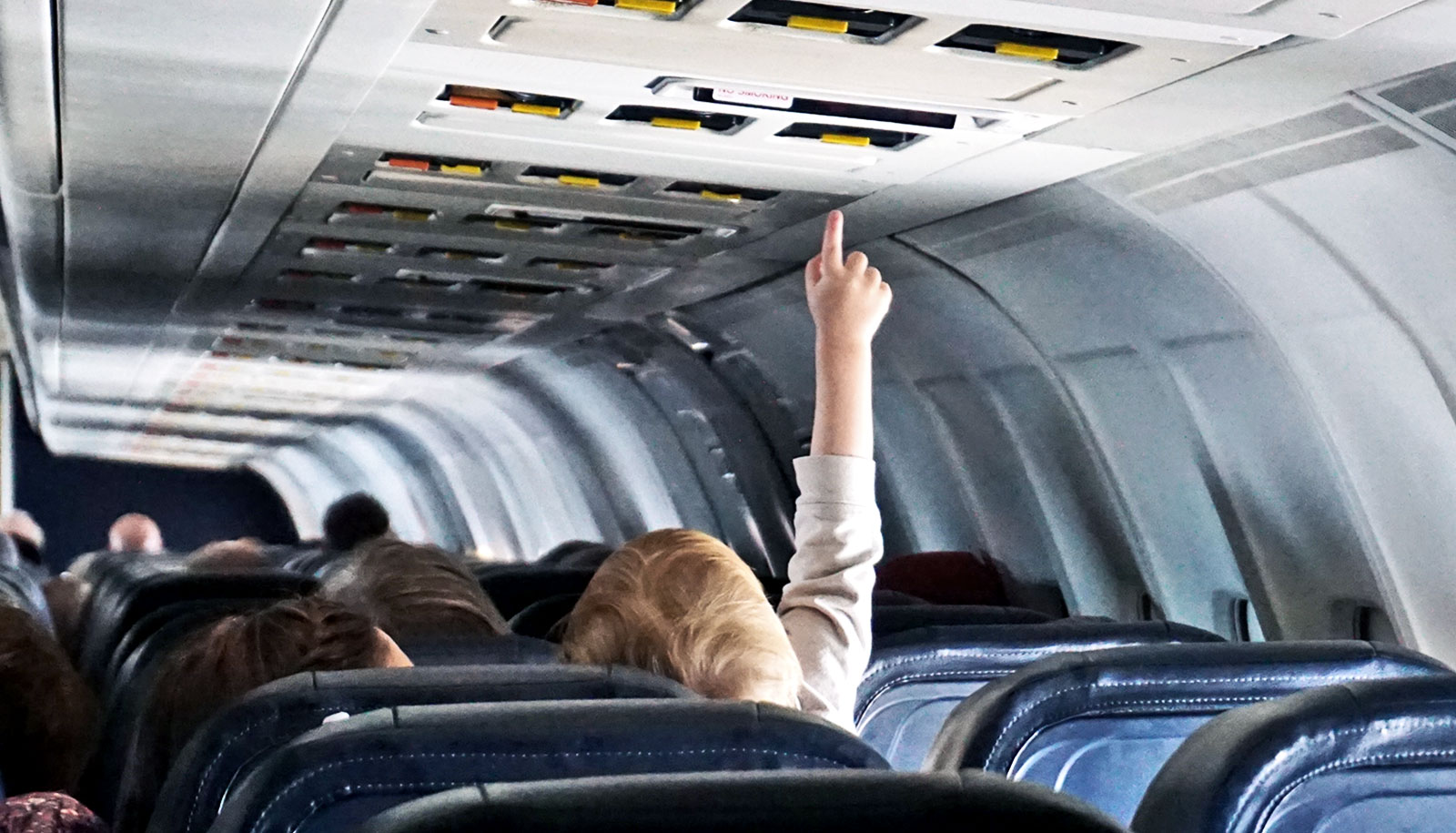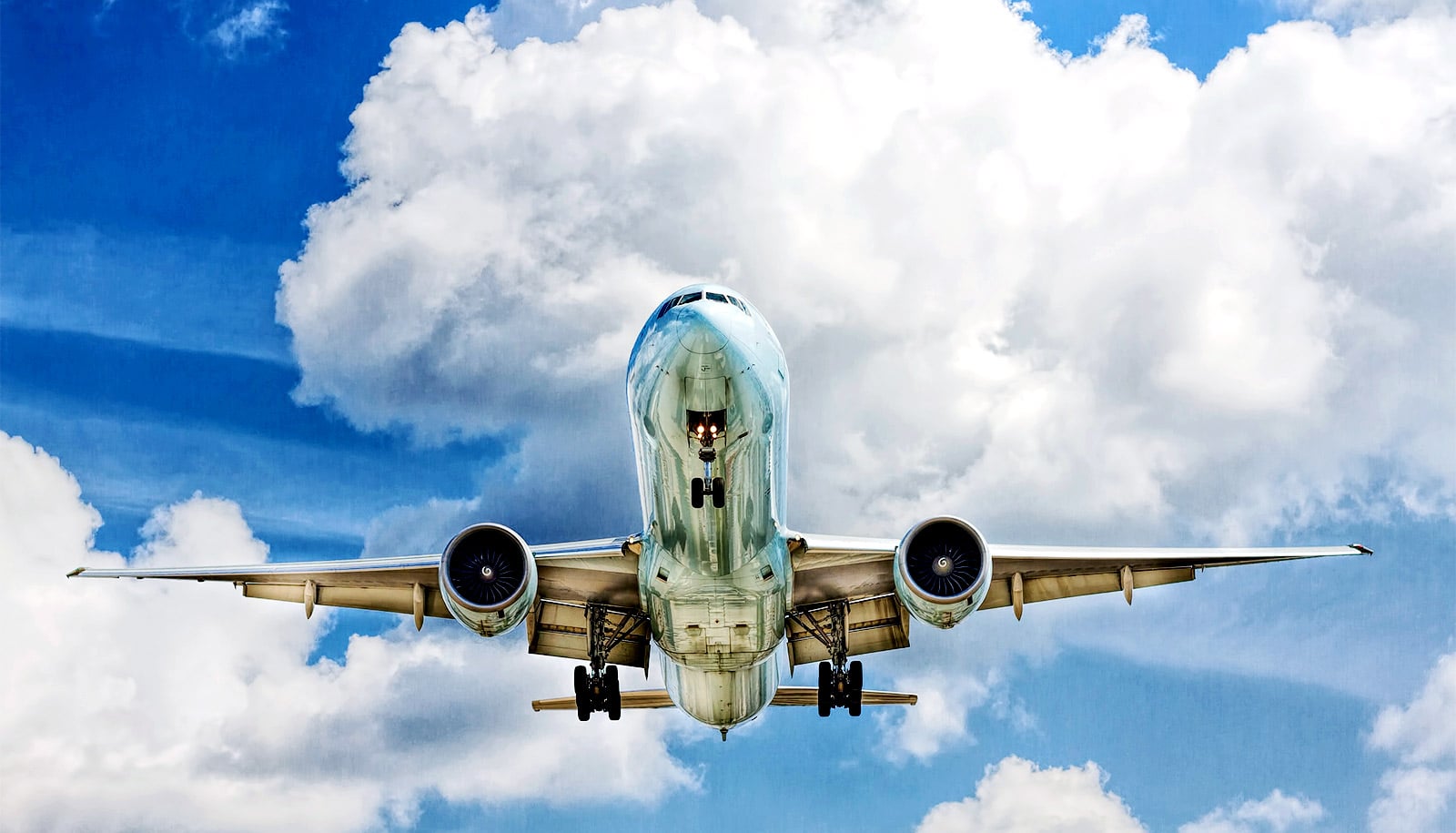In Atlanta, where the world’s busiest airport fields thousands of flights each day, one researcher is working to improve communication and safety in global travel.
Eric Friginal, a professor of applied linguistics at Georgia State University, recently cowrote English in Global Aviation (Bloomsbury Press, 2019) with his former student Jennifer Roberts, now an aviation English specialist at Embry-Riddle Aeronautical University in Daytona Beach, Florida, and aviation expert Elizabeth Mathews.
Here, Friginal explains how language and communication affect flight safety worldwide:
Why is communication such an important issue for airlines and travelers?
For many international pilots, English may not be their first language, but they need to communicate in English, because English has become the global language of aviation.
If you’re a pilot and I’m an air traffic controller, you’re talking to me, but I don’t see you. Using equipment like radio and telephone, we’re relying on a certain type of phraseology and we’re required to use a certain language.
In the book, we discuss how communication breakdowns have contributed to at least three deadly plane crashes in the past several decades. This issue isn’t necessarily life and death all the time, but intercultural communication can be complicated if one or both parties are non-native speakers.
In the video above, a pilot and air traffic controller struggle to communicate.
How have countries tried to deal with this issue?
Different countries have different kinds of training and assessment practices. Through its International Civil Aviation Organization, the United Nations has developed recommendations for international aviation, but in terms of the actual implementation there isn’t always clear oversight. So Brazil’s air traffic controllers may have different protocols from those in China or another country.
Currently, no one is technically monitoring and analyzing these things. And the problem could only grow as demand for pilots grows globally. If you look at Asia alone, there will soon be up to 300,000 new pilots needed in the region.
In the book, you say that language isn’t the only barrier. What else can contribute to misunderstandings?
Communication is not only one way. It’s the understanding of meaning between two people. In that process, people bring with them not just their linguistic background and proficiencies, but a lot of other things—like their cultural background, pragmatic understanding, and preferences—and those have to be considered as well. It’s important for the public and policymakers to understand what applied linguists can contribute in the use of language as people perform their jobs.
Source: Georgia State University



